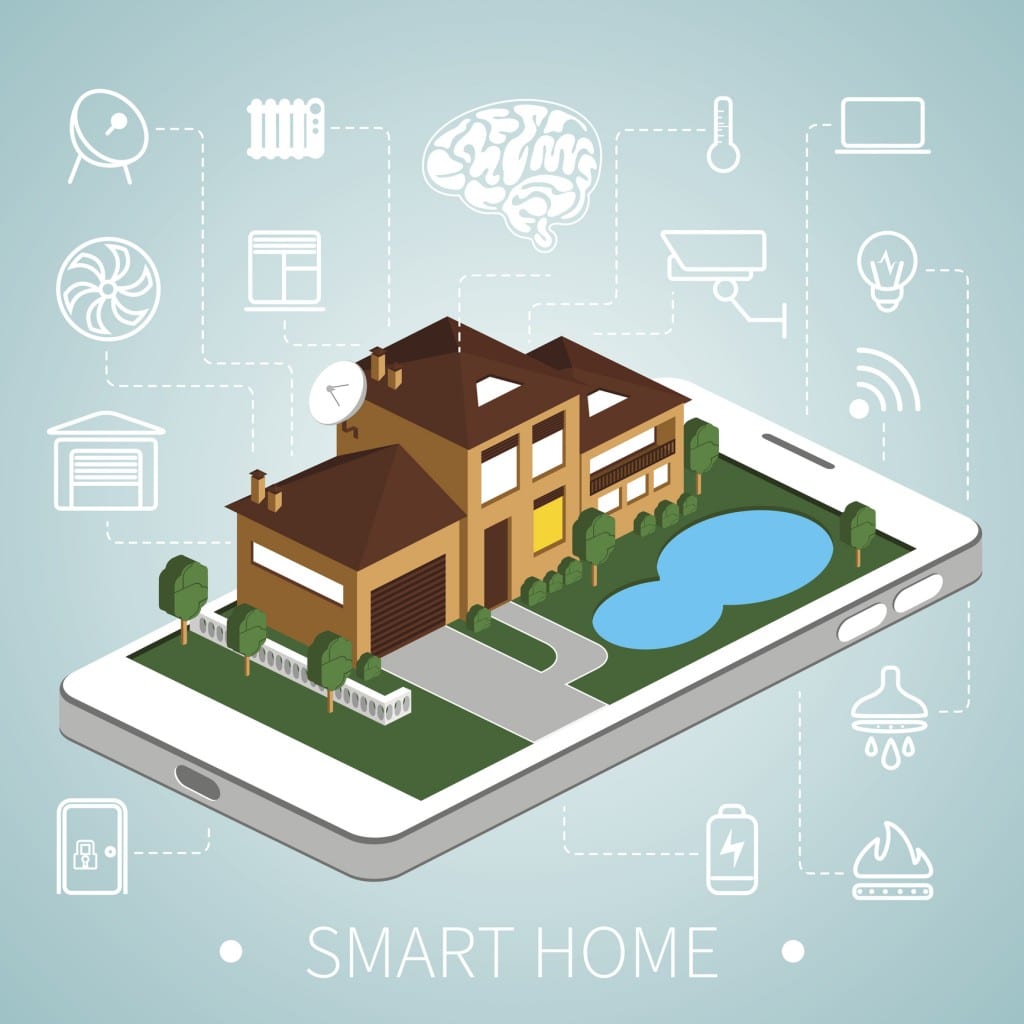 I recently had the opportunity to attend NYC Media Lab’s IoT Media Mash. The goal was to immerse myself in the ecosystem of connected devices (known as the Internet of Things—or IoT) and bring back learnings on how my Digital colleagues could better prepare for the advent of smart campaigns on numerous platforms.
I recently had the opportunity to attend NYC Media Lab’s IoT Media Mash. The goal was to immerse myself in the ecosystem of connected devices (known as the Internet of Things—or IoT) and bring back learnings on how my Digital colleagues could better prepare for the advent of smart campaigns on numerous platforms.
After a half-day of panels, informal chats and product demonstrations, I left the venue inspired and thinking through ways brands could use this burgeoning form of tech both digitally and physically.
Here are four of the top IoT trends and insights to look out for over the next five years, and their potential impact on digital PR (click to tweet):
1. Although sensor technology is becoming less expensive, tech panelists believe the true tipping point will be driven by something more personal: sound. Companies such as Amazon and Google have taken the first steps in that direction with Alexa and Google Home, which complete tasks upon voice activation. From my perspective, these provide a plethora of new opportunities to help connect a brand’s message to its audience on a 1:1 basis—perhaps through sponsored tasks, such as ordering food for delivery.
2. As tech companies of all sizes begin to collect personal information, it leaves them liable in the event of an all-too-common data breach or leak. To mitigate this issue, one IoT Media Mash audience member suggested stronger oversight regarding data privacy. The same contributor went as far as to recommend a law—similar to HIPAA or FERPA—that currently protects healthcare and educational information. This solution could create a new niche within digital PR, especially when handling crisis management and issues in a connected environment.
3. The biggest obstacle to consumer IoT adoption is a disconnect between vanity and utility. Average consumers don’t have the need to automate their household processes (e.g. heating and lighting) because they aren’t seen as essential tools. For tech brands, this creates an opportunity to strengthen messaging which emphasize convenience.
4. Building off the last insight, many IoT Media Mash panelists expressed the idea that IoT sensors will truly unlock “utility status” when tech becomes so pervasive that sensors become contextualized. For instance, it is currently possible to preheat your smart oven from your smartphone. However, if a smart oven can sense the specific raw food on a baking sheet and adjust the temperature accordingly, that will expand usage from early adopters to the mainstream. In this instance, imagine the branded integrations that could emerge within a smart oven.
Although IoT has yet to become a standard concept outside of select groups of gadget enthusiasts and beta-testers, the best is yet to come. The initial foray into connected devices will only give way to the next generation of devices that average consumers can find true value in.